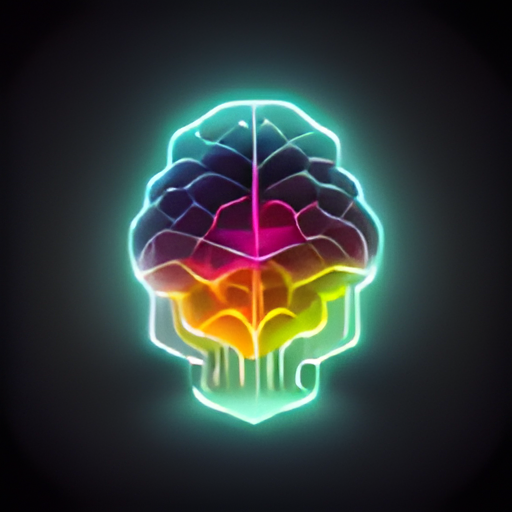Overview
Architect AI is a groundbreaking tool aimed at revolutionizing the architectural design landscape. By incorporating advanced artificial intelligence, it enables users to effortlessly transform their design concepts into a wide array of visual representations. The tool accommodates seasoned architects, design enthusiasts, and creative minds seeking to explore various styles and options.
With an extensive library boasting over 450 styles, including interior, landscape, and architectural designs, Architect AI offers unparalleled flexibility and creative potential. It caters to diverse needs, from designing cozy interiors to elaborate yacht interiors. The AI-driven nature of the tool allows users to visualize complex designs, provide automated styling, and offer ultra-realistic renderings. Its commitment to saving time and boosting productivity is evident, ensuring users can focus on their visionary pursuits.
Whether you're giving your home a makeover or bringing imaginative architectural ideas to life, Architect AI serves as an essential companion, delivering high-quality renders and a wealth of stylistic possibilities. This tool is poised to redefine how designers, architects, and creative professionals approach their craft, making the design process more accessible, dynamic, and efficient.
Key features
- AI-driven design generation: Architect AI harnesses the power of advanced AI to seamlessly transform user concepts into visually stunning designs, offering a myriad of stylistic variations and creative possibilities.
- 450+ styles available: The tool boasts an impressive library of over 450 different styles, enabling users to explore and experiment with numerous architectural, interior, and landscape design aesthetics.
- Ultra-realistic renderings: Architect AI delivers high-quality renderings with lifelike precision, allowing users to see their design concepts brought to life with remarkable attention to detail and realism.
- Accessible for professionals and amateurs: The platform ensures usability for both seasoned professionals and design enthusiasts, offering an intuitive interface that streamlines the design process.
- Time and productivity efficiency: Architect AI emphasizes saving time and enhancing productivity by automating styling and rendering processes, freeing users to focus on creativity and innovation.
 Pros
Pros
- Versatile style options: Architect AI offers a vast array of styles and design aesthetics, providing users with the freedom to create diverse and personalized architectural and interior projects.
- Efficient design process: The tool streamlines the design workflow by incorporating AI-driven technologies, making it easy to generate and visualize intricate design concepts with speed and simplicity.
- Time-saving tool: Architect AI is designed to minimize the time spent on manual design tasks, allowing users to focus on creative exploration and refinement of their architectural ideas.
- Interactive and dynamic interface: The user-friendly platform invites users to actively engage with their design concepts, offering interactive tools and features to enhance the overall design experience.
- Enhanced creativity potential: By automating time-consuming tasks, Architect AI empowers users to unleash their creativity, pushing the boundaries of architectural design and interior styling.
 Cons
Cons
- Limited 3D model import: The current limitations on 3D model imports may restrict users from fully integrating existing digital assets into their design projects.
- Style application challenges: Users might encounter challenges when applying multiple styles cohesively to complex design projects, requiring careful exploration and experimentation.
- Potential learning curve: While the tool is user-friendly, new users might initially experience a learning curve in mastering its numerous features and functionalities.
- Occasional style inconsistencies: The AI-driven rendering process may sometimes produce stylistic inconsistencies, requiring user intervention to ensure alignment with intended design visions.
- Customization limitations: Although versatile, the extent of customizing individual design aspects may be limited within certain stylistic frameworks and templates.












